Amazon started off the savvy speaker race with its most memorable Reverberation in 2014, at first sending off it as a welcome just item. From that point forward, the business has detonated, joined by Apple and Google as well as by a large group of opponent organizations. Furthermore, no big surprise — on the off chance that done well, a brilliant speaker arrangement isn't just valuable, it's likewise modern. While protection concerns remain, costs have arrived at a point that a few items are nearly motivation buys.
Here is a glance at the best brilliant speakers — explicitly, the ones inside the span of the typical individual. While something like a Beosound Equilibrium could sound cool, a great many people aren't prepared to burn through a large number of dollars on a solitary unit.
Do you want Alexa, Google Assistant or Siri?
Prior to purchasing a savvy speaker, you want to conclude whether you favor Amazon Alexa, Google Collaborator, or Apple Siri (and through HomeKit) as your essential stage. Every one of the three computerized colleagues can do things like play music and digital recordings, control your savvy home, oversee schedules and updates, and let you know the news and climate. Each has various qualities and shortcomings, including similarity.
You can involve different cushions in a similar house, however that makes things convoluted. You need to design numerous applications, partner administrations and expansions to every one of them, and afterward recollect which speaker controls each consistently. We suggest picking one stage for your brilliant speakers in general if possible.
Some reasons to get an Alexa-powered speaker:
- You are a regular Amazon shopper. Alexa devices make shopping on Amazon easy, including shipping and delivery notifications. They also prompt you to re-order repeat purchases, which can be helpful or annoying depending on your habits.
- You want the most speaker options. There are more Alexa speakers out there than any other type, which improves your initial choices and expansion capabilities.
- You want the best smart home support. Alexa has the largest collection of compatible accessories and the best first-party app to manage them. Some Alexa speakers double as Zigbee hubs.
- Alexa has a lot more skills. Skills let you add functionality to Alexa, including standalone apps. Google has a rough equivalent for this — Actions — but Alexa arguably offers a better selection.
- You have Ring or Blink security devices. Amazon owns both of these brands, so naturally they would have expanded options with Alexa, such as voice-based arm/disarm controls and connections to smart lights.
Reasons to get a subwoofer speaker:
- You are closely linked to the Google ecosystem. The Assistant works seamlessly with other Google apps and services, and you’re probably already using it if you own an Android phone or tablet. You will not get native YouTube Music support with Alexa or Siri.
- The helper is better in context. Alexa and Siri tend to require specific wording for voice commands. Google does a better job of understanding intent, and lets you combine two things in the same sentence (eg, “Turn off the bedroom lights and put on some music”).
- Assistant has the power of Google search behind it. Not only is it best in context, it also tends to do better at answering questions. This is thanks to Google search. While Alexa and Siri tend to stick to mainstream sources like IMDb or Wikipedia, Google can turn to other domains on the web when those aren’t enough.
- It still works great for smart home purposes. The Assistant may have less device support than Alexa, but the gap isn’t so dire, and the Assistant could feel more powerful in some ways.
Reasons to get a Siri-enabled speaker (HomePod, at this point):
- You’re already invested in Apple hardware. If you own an iPhone or iPad, HomePods integrate closely with its features, including not just Siri but AirPlay, Handoff, and HomeKit. In fact, you only need an iPhone or iPad to configure the HomePod.
- You are already invested in Apple services. Although the HomePods natively support some third-party services like Pandora, you’re really meant to use Apple Music and Apple Podcasts for anything audio-related. If you are a Spotify subscriber, you will have to AirPlay content from another Apple device.
- You already like or own HomeKit accessories. HomeKit is Apple’s smart home platform. While there aren’t as many HomeKit accessories as there are for Alexa or the Google Assistant, the platform is very secure, and the Apple Home app is close to, if not superior to, Alexa. You can control HomeKit accessories from any Apple device.
- You have an Apple TV 4K. It’s very easy to pair one or two HomePods (exactly the same model) with your Apple TV for wireless TV audio. You can do something similar with your Amazon Echo speaker and Fire TV device, but the Apple TV 4K is far superior to the video streaming device.
- You want to take full advantage of the topic. Thread is a wireless network protocol for accessories that tends to be faster and more reliable than Wi-Fi or Bluetooth, and furthermore has less reliance on hubs, since many accessories can act as their own “border routers”. Apple was an early adopter, so if you want a foolproof ecosystem of Thread, the HomePod is a great place to start. Google only recently started supporting Thread, and Amazon has yet to roll out the promised software upgrades.
The best smart speakers
1. Amazon Echo Dot (5th generation)
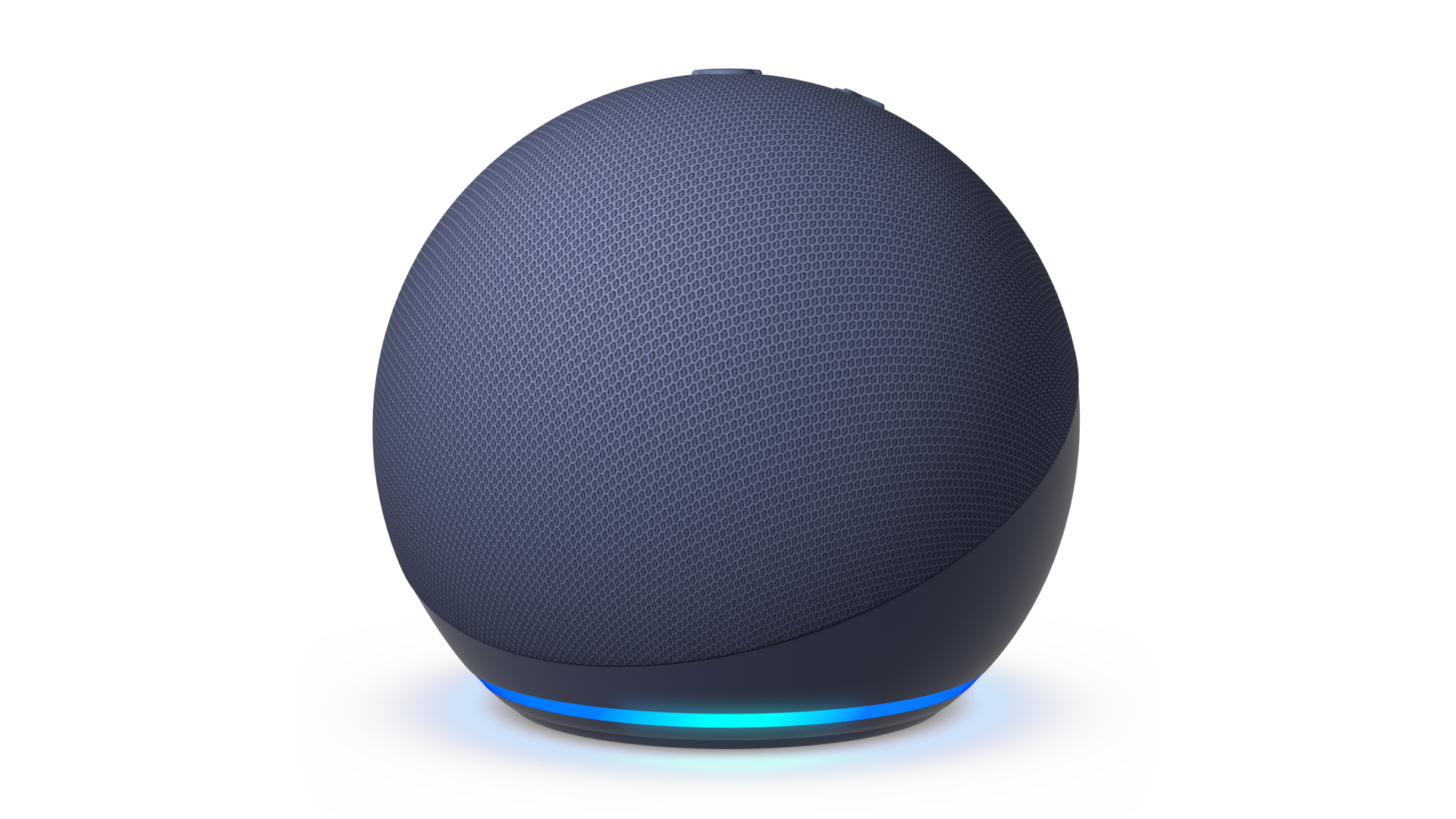
With its low sticker price, the fifth era Reverberation Dab is presumably the ideal method for beginning on your brilliant speaker. You'll require different models for the best bass and loyalty, yet for radio, webcasts, encompass music, and shrewd home control, the Dab is all that could possibly be needed. It incorporates movement and temperature sensors for computerization, and on the off chance that you spend somewhat more, you can purchase a variant with an implicit Drove clock. Eero switch proprietors can utilize them to expand their Wi-Fi organization.
2. Google Nest Mini
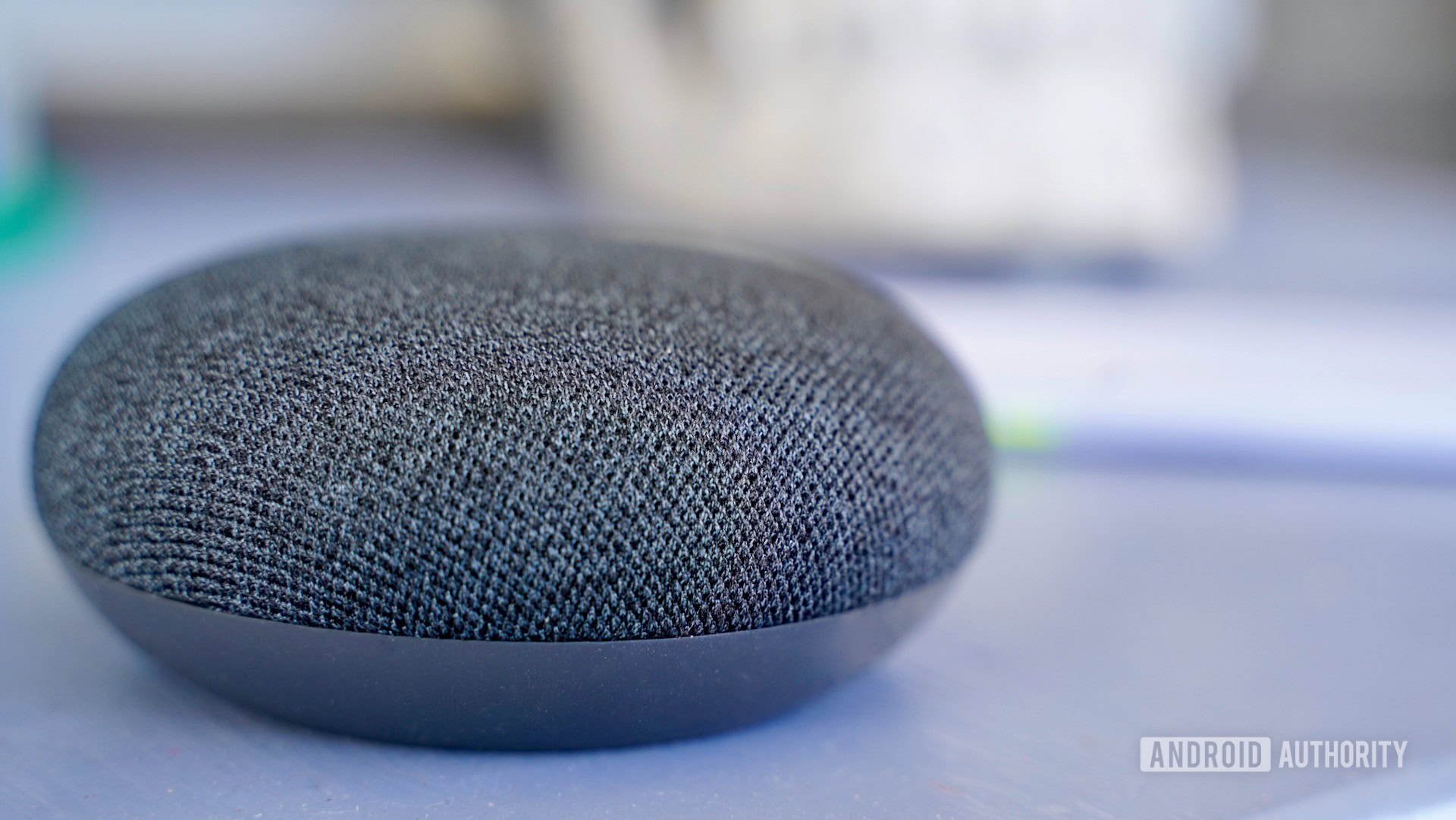
Can we just be real for a minute — the Home Scaled down is about nitty gritty admittance to research Partner. While it has two times as much bass as the more seasoned Home Smaller than normal, its music yield actually isn't equivalent to more costly Home models or even the Reverberation Dab.
What makes them beneficial is that they're modest, conservative, and function admirably for errands like controlling a savvy home, paying attention to news and digital broadcasts, and asking periodic information inquiries. You could have a go at matching it with a quality Bluetooth speaker with regards to music.
3. Amazon Echo (4th generation)
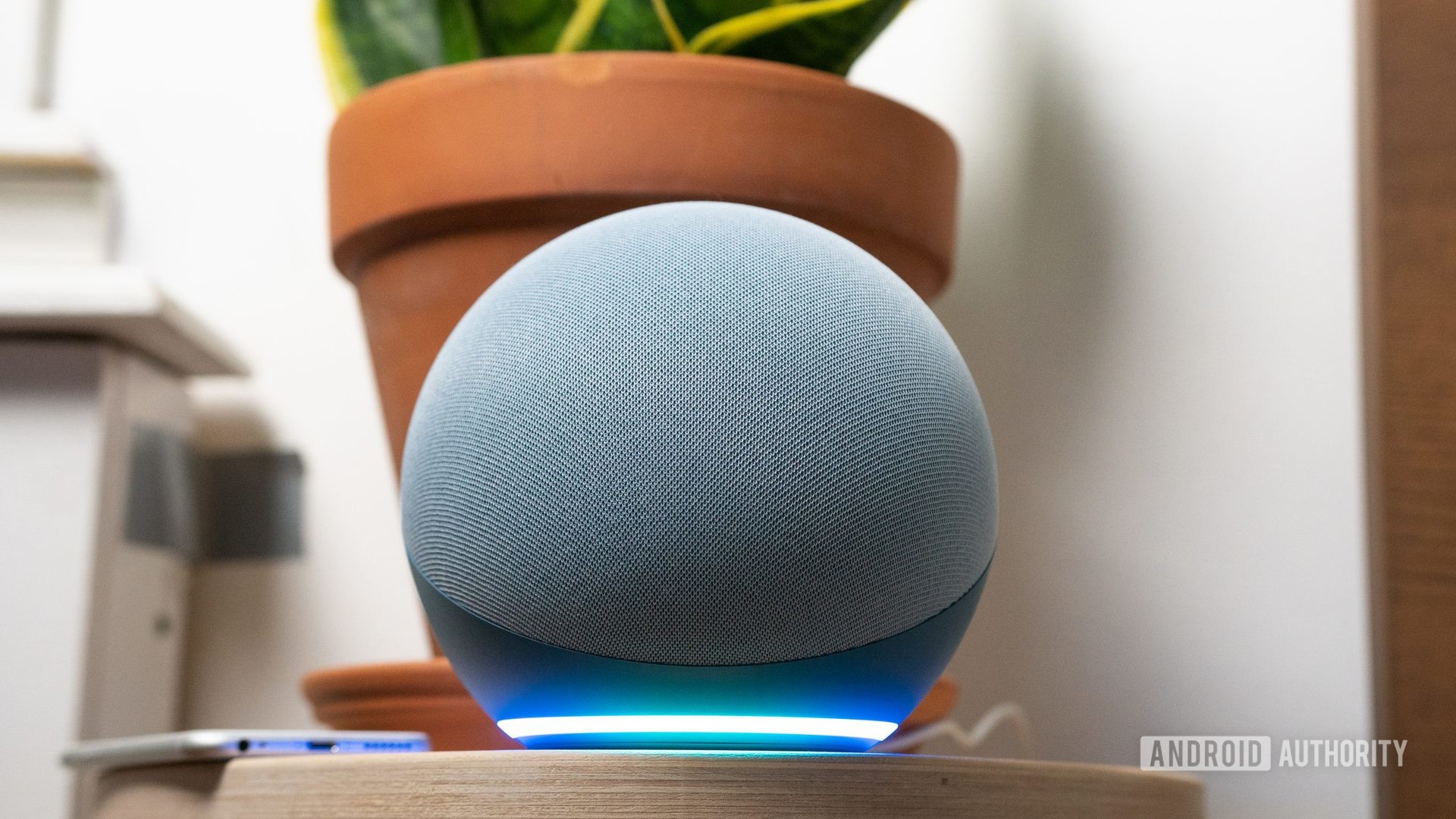
Adam Molina/Android Authority
The fourth generation Echo should be the basis for most Alexa-based smart homes. It sounds great, using two 0.8-inch tweeters and a 3-inch woofer to produce more sound and bass than you might expect. It has built-in motion and temperature sensors like the Dot, and can even act as a Zigbee hub, pairing with compatible accessories in a way that doesn’t burden your Wi-Fi network. Like most Echo speakers, it works as a Matter controller, too, though for now you can only pair accessories using your Android phone.
4. Google Nest Audio
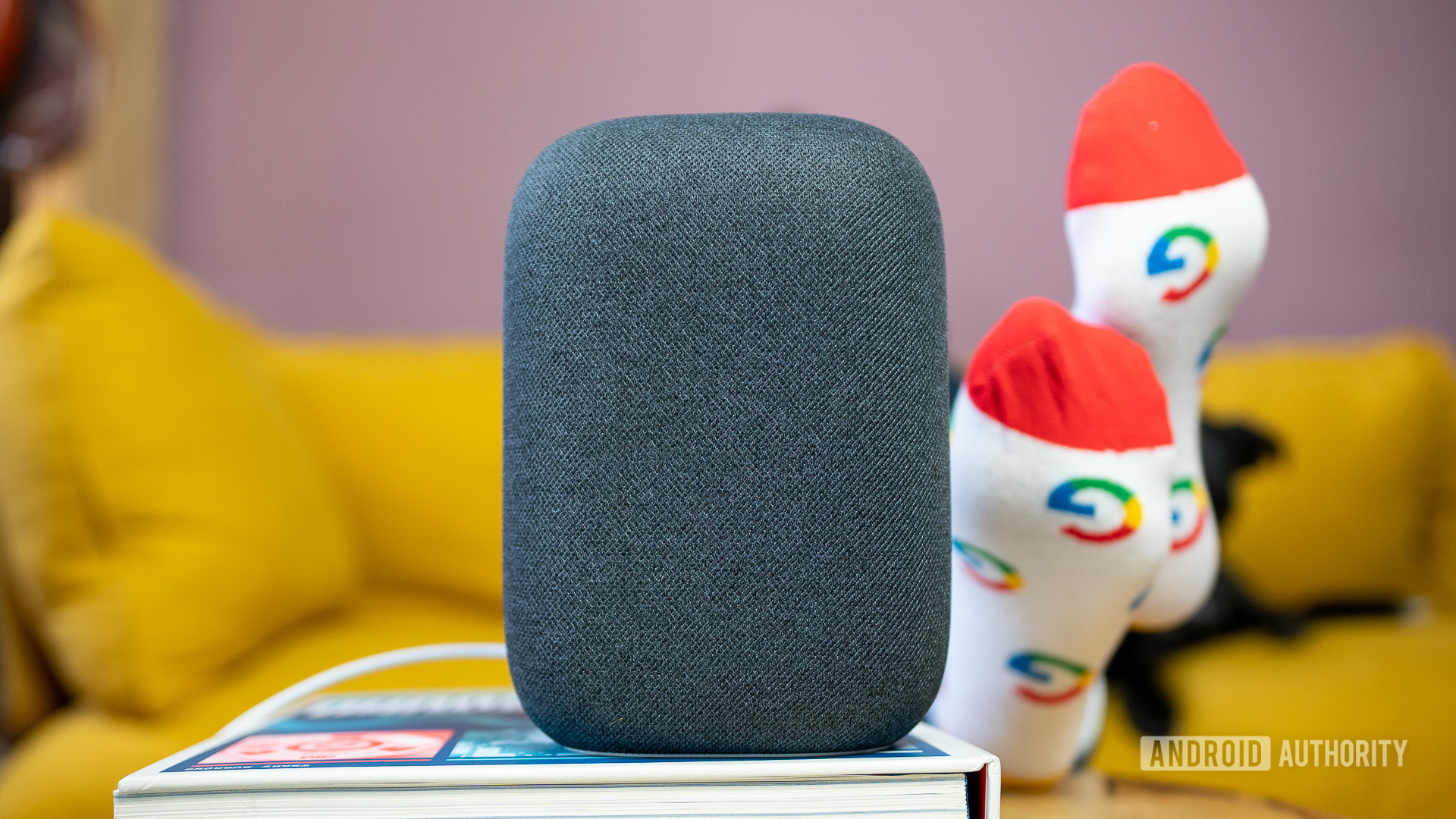
Adam Molina/Android Authority
Nest Audio is the best audio-only product from Google. It sounds better than the Mini, thanks not only to better specs but Media EQ and Ambient EQ. The first adjusts the output for the type of media you’re listening to (music, podcasts, etc.), while the second adjusts to ambient noise levels. There are more powerful third-party speakers out there, but for the price, it’s hard to beat.
5. Bose Home Speaker 500
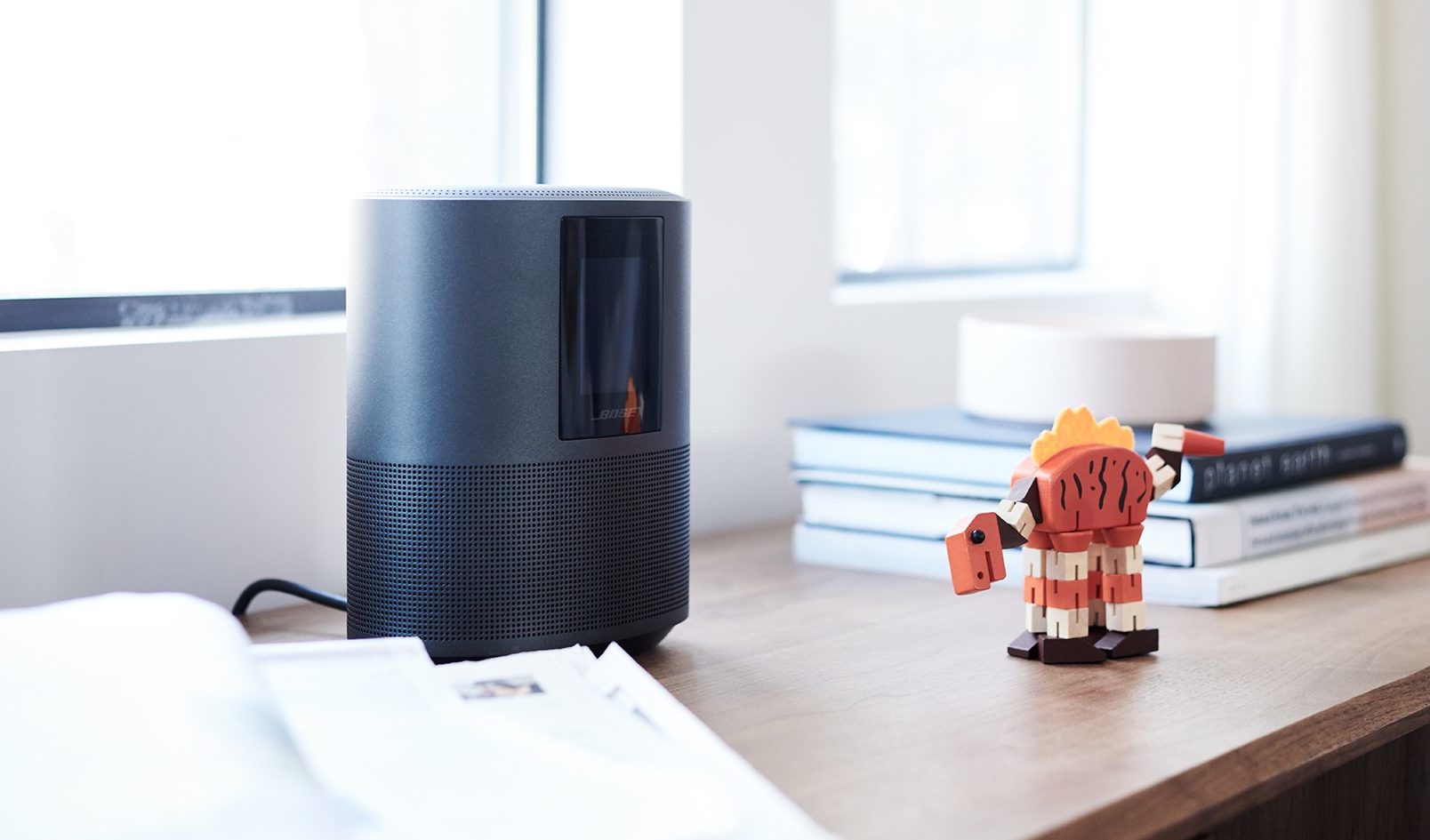
If you want a single speaker that can deliver rich wall-to-wall sound, you should at least consider the Bose Home Speaker 500. It’s big and often pricey, but it offers a screen so you can see what’s playing, and it supports Alexa, Google Assistant, and AirPlay. There are also plenty of manual buttons, which should satisfy those frustrated with other products’ simple controls. Try to find it at a discount if you can, as it is several years old at this point.
6. Sonos Era 100
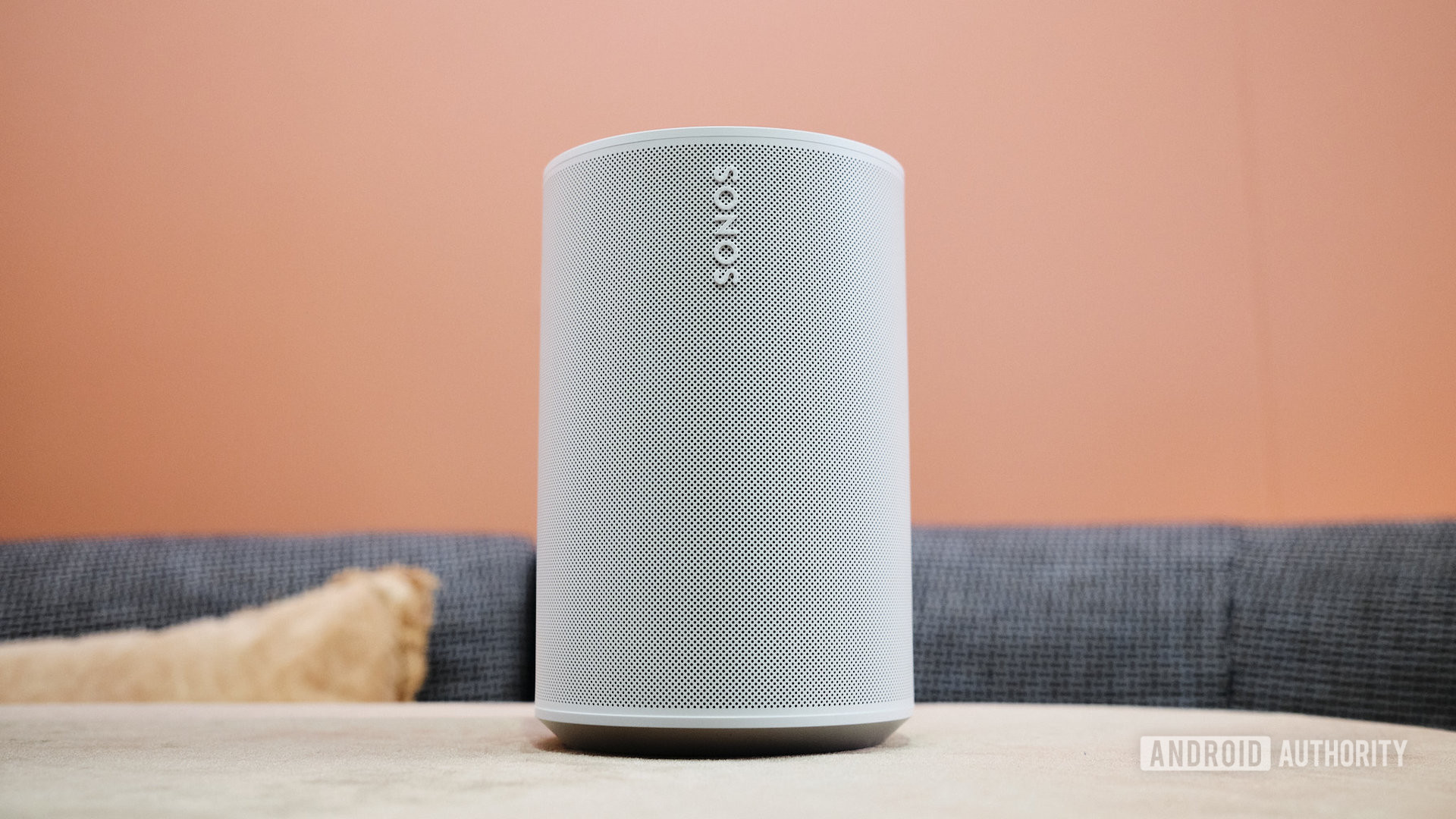
Lily Katz / Android Authority
The successor to the Sonos One, the Era 100 is also aimed at audiophiles and supports Alexa and AirPlay. In addition to sound quality, there are two reasons to use this speaker over some of the other options — the first is Trueplay, which automatically adjusts the speaker to the room’s acoustics. The other is the Sonos ecosystem, since a family of linked Sonos speakers sounds like a dream. You can also connect via bluetooth or an input adapter.
7. Sonos Beam (Gen 2)
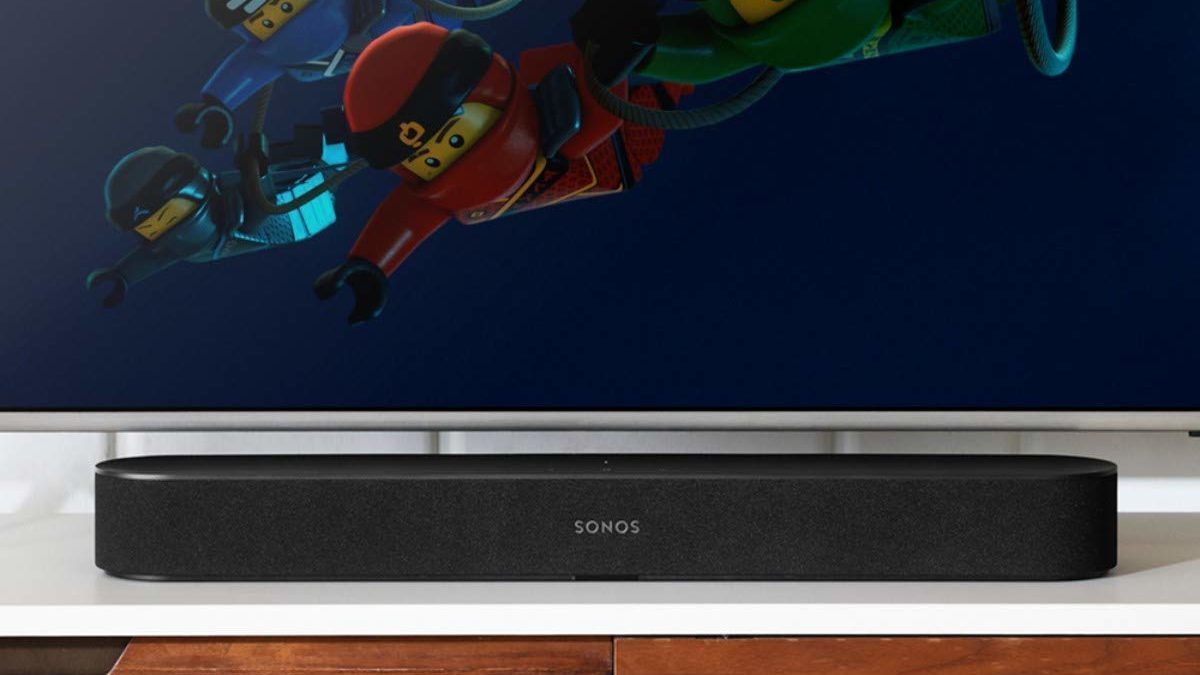
More and more people are getting into home theater audio these days, as quality equipment is now almost affordable, and choosing something with smart functionality can kill two birds with one stone. Sonos Beam are speakers with Alexa, Google Assistant, and AirPlay, as well as support for surround sound technologies like Dolby Atmos. It’s definitely the most expensive speaker on this list, but it might be the only speaker you need in your living room.
8. Apple HomePod (2nd generation)
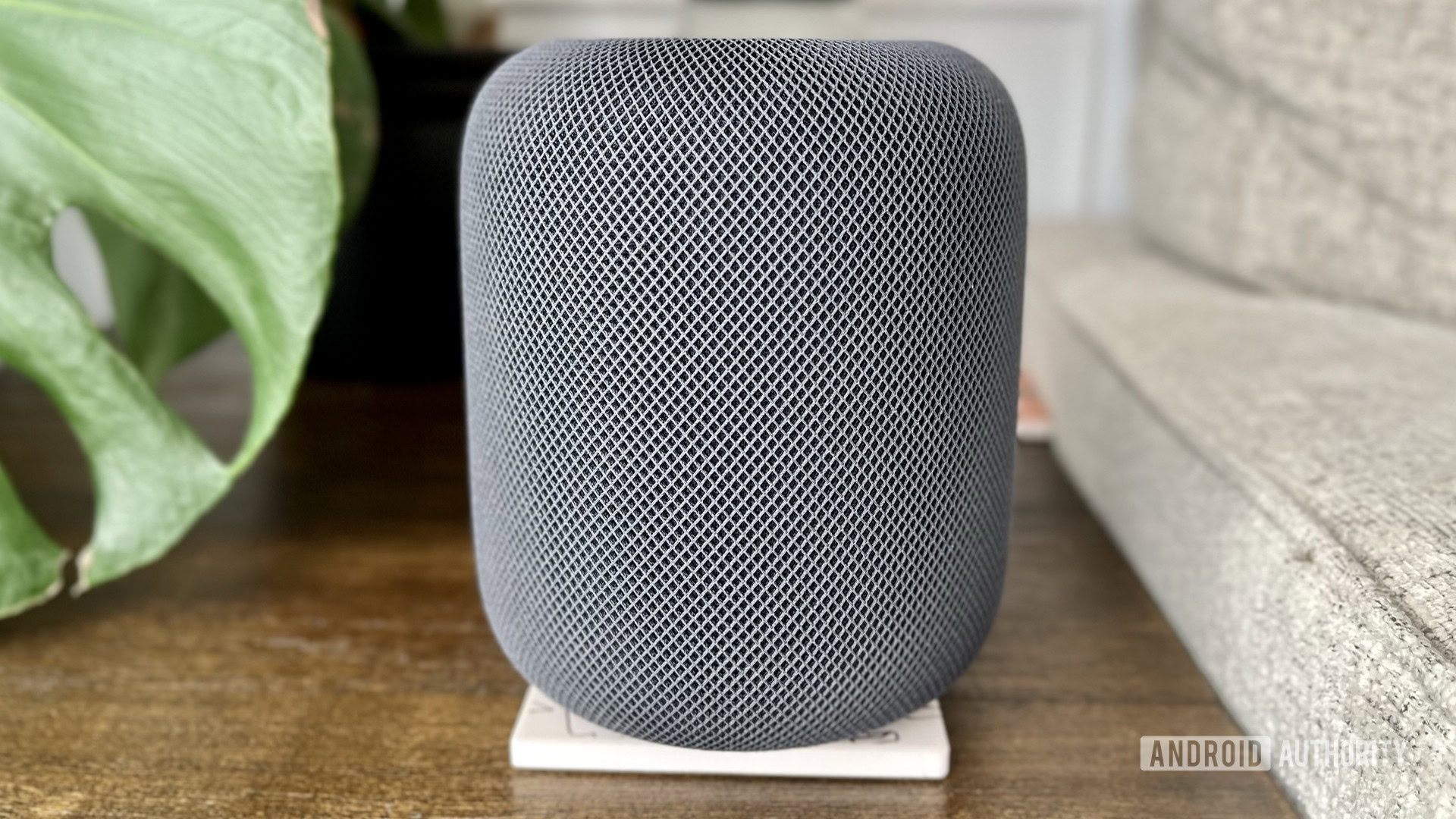
Roger Vengas / Android Authority
Apple's most recent standard size HomePod is your most ideal choice in the event that you need a devoted Siri speaker. It's distinctly with a lot of bass, and it has Dolby Atmos, which you can hear on both the television yield and select Apple Music tracks. It's exceptionally simple to coordinate a gadget or two with Apple television 4K for remote sound.
You'll require an Apple television 4K assuming you believe the HomePod should yield Bend/eARC on a television, which is an update that it's unavoidably connected to Apple stages. An iPhone or iPad is just expected for arrangement, and you ought to likely remain away in the event that you're a Spotify fan and need admittance to the voice controls.
Material and String matching are empowered from the get-go, making it the ideal Home Center for HomeKit. HomeKit requires either an Apple television or a HomePod in the event that you need remote access and mechanization.
